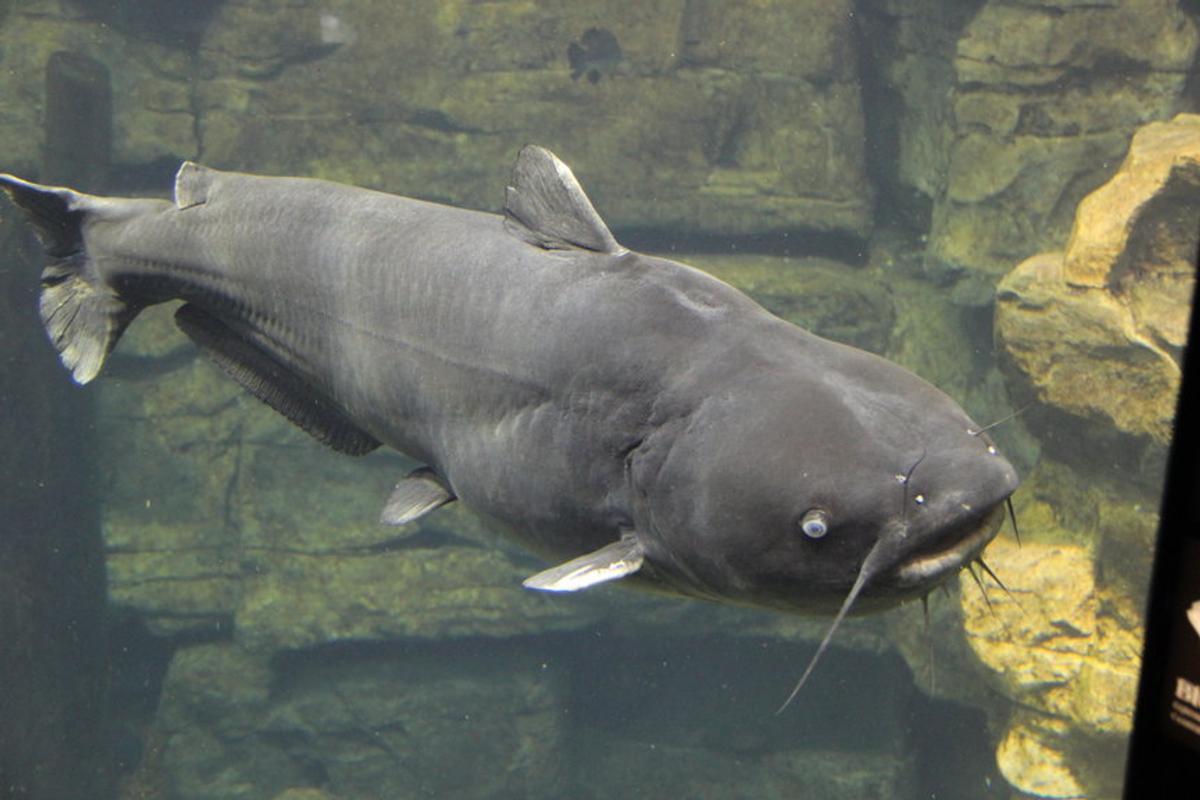10 Catfishing Tips For Any Angler
Often maligned by angling purists as a “bottom feeder”, catfish are experiencing a renaissance of angling fame in recent years. The reasons for that are simple – catfish are abundant, fun to catch, they grow really big, and they are excellent on the dinner plate. Catfishing tips, however, are hard to come by.The bottom line is, if you’ve never targeted catfish, you need to change that this year – you might just find a new passion.Here are 10 catfishing tips to help you get started.
1. Ask Around
Cat fishermen are a welcoming bunch, so one of the best ways to learn more about techniques or find the best local holes is to network. Stop in at the bait shop and ask around, check the internet message boards, and don’t be afraid to chat up other anglers you see on and around the water, but remember to return the favor the next time someone asks you.
2. Look At A Map
Map study is not just something done by bass and panfish anglers. Catfish often relate to deep creek channels, scouring holes, and flats. These areas can be easily identified with just a quick look at a lake map. For river anglers, look at aerial imagery on Google Earth and mark down deep holes and runs to focus your efforts.
3. Come Up With A Plan
Despite their reputation as slow and lazy, catfish actually live very seasonal lives just like other freshwater species. Going to any old hole and throwing a gob of worms on the bottom might work occasionally, but if you want to maximize your catch you’ve got to come up with a plan to specifically target the fish you’re looking for. For example, if you’re targeting flatheads on a large river system in the spring – you should target seams in the current near mid-depth holes close to cover, as that’s where the flatties head before spawning.
4. Fish At Night
Although catfish can be caught all day long, they are at their most active at night – as their genetic adaptations allow them to get the drop on inactive prey species. For that reason, you can expect to get more bites, and have a better chance at landing a trophy if you fish while the sun’s below the horizon.
5. Use Multiple Lines
In catfishing, just like in many other disciplines, the law of numbers applies. If you increase the number of hooks you have in the water, you increase your odds of getting bit. Most states will allow anglers to fish with multiple lines, so don’t be afraid to max out your spread. Top blue cat guides in the Mid-Atlantic routinely fish with 8 to 10 lines spread out in rod holders.
6. Try Different Baits
Although many anglers assume incorrectly that catfish only eat detritus and other decaying matter, that’s far from the truth. Catfish are actually very diverse in their prey consumption. If you’re not getting bit on dip bait, try chicken livers, cut up shad, or bluegill. Live bait can also be dynamite in the spring and early summer. Bottom line, one of the best catfishing tips: try several different baits at first until you start getting bit – then let the fish tell you what they want.
7. Get It Off The Bottom
At night and in murky river systems, catfish feed predominantly by smell and touch, which is what makes stinky baits so effective. However, your baits will leave a much better scent trail if you get them up off the bottom. Experiment with floating jig heads, inline floats, or even bobbers to allow your scent trail to diffuse farther.
8. Don’t Linger
For some, talk of catfishing conjures up images of setting up on the same hole until the fish start biting or you go home. Well that can certainly work; you’ll have much more luck if you’re not afraid to move when the fish aren’t biting. Channel cats in particular are quick biters, so if you’ve been sitting on a spot for 20 minutes without so much as a nibble – you should probably pack it up and check somewhere else.
9. Gear Up Right
One of the things that make catfishing so fun is the tremendous size they attain. Kitties in the 20 to 30 pound range are common across much of the country, and they can put an absolute wrecking on your tackle if you’re not prepared. Use a stout 6 to7 foot heavy power fiberglass rod, a large capacity reel, and enough 15-20 pound monofilament to let them run. When targeting trophy cats, top anglers routinely use 40-80 pound line, heavy 2-10 ounce sinkers, and pieces of cut bait approaching a pound.
10. Think Conservatively
Another misconception is that catfish are an inexhaustible resource, and anglers cannot impact a fishery by harvest. That’s simply not the case. There’s nothing like a good catfish dinner, so by all means harvest some for the pan. However, consider releasing the trophies, and only keep what you’ll eat so there will be plenty of catfish for future generations.
Updated May 14th, 2020 at 5:14 AM CT


